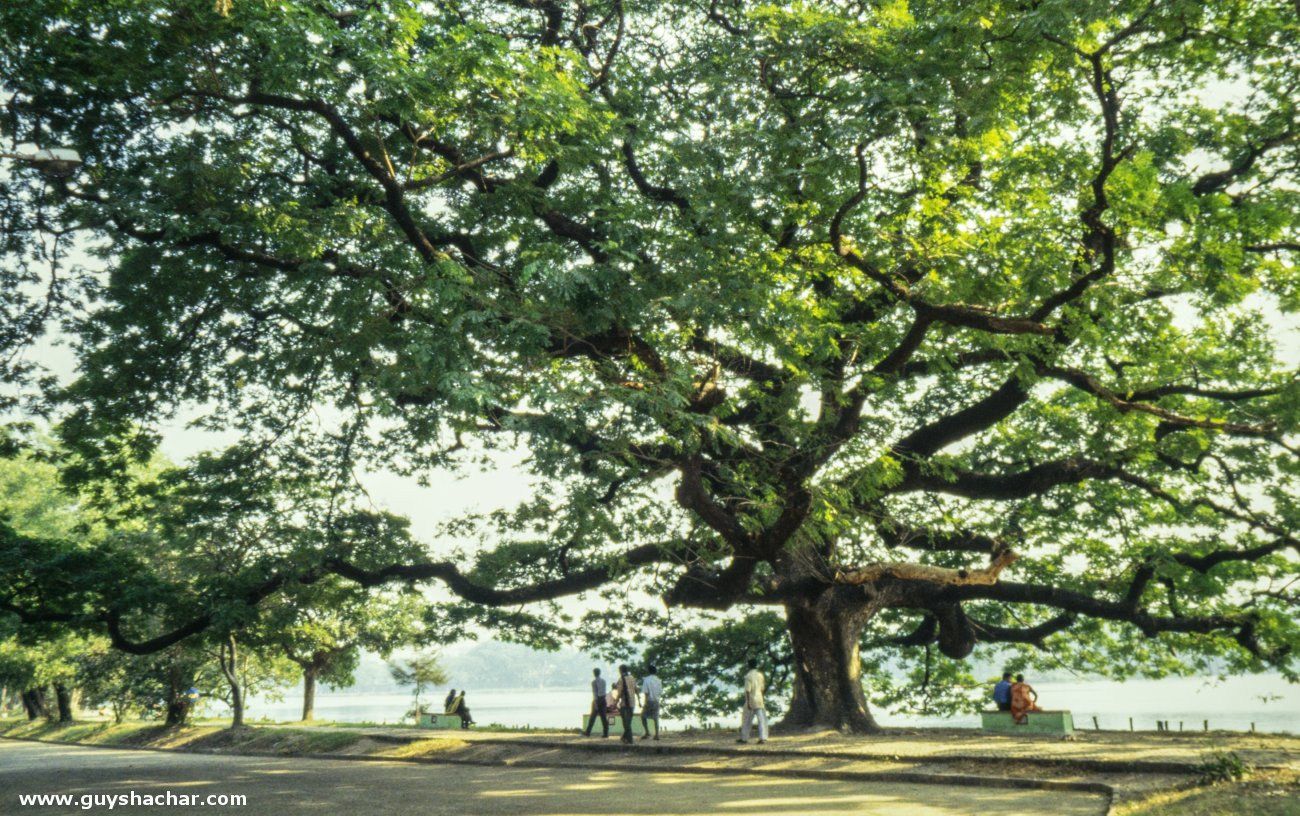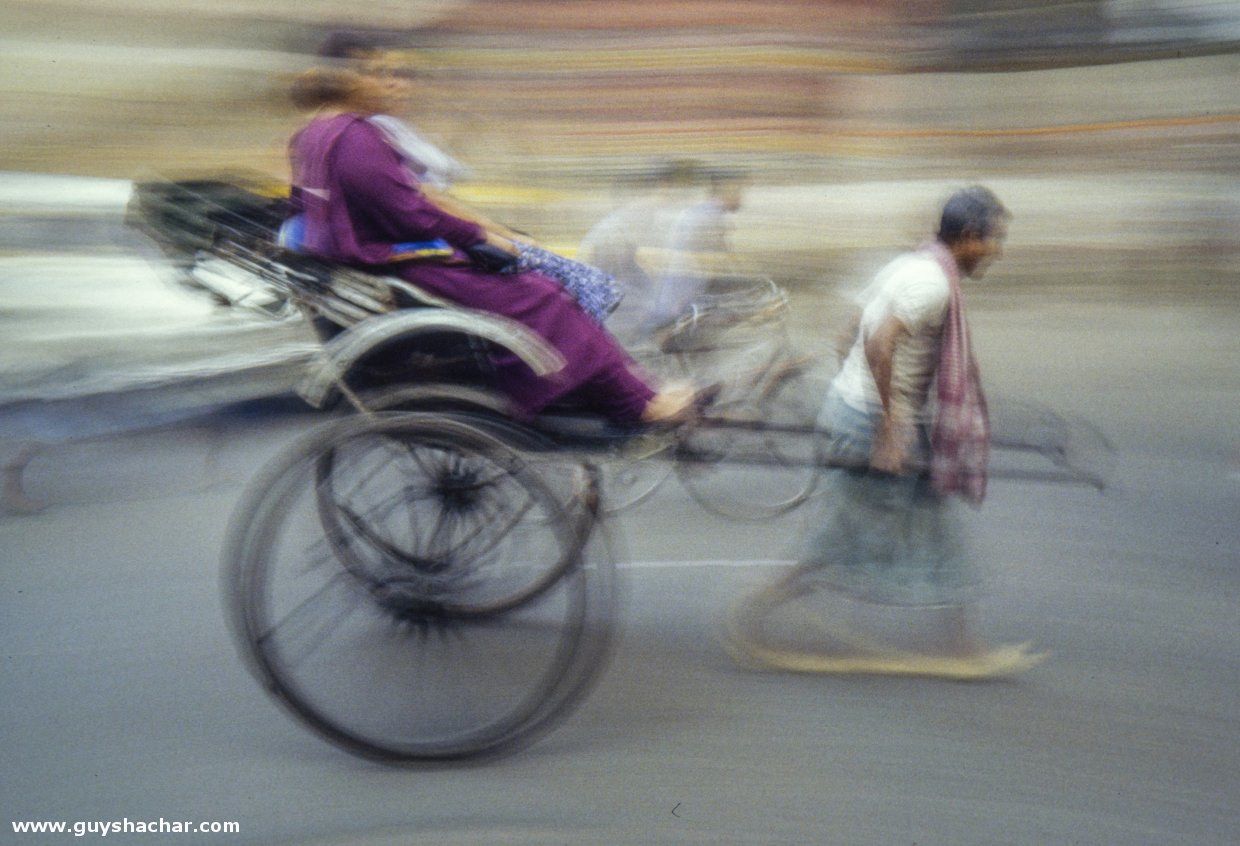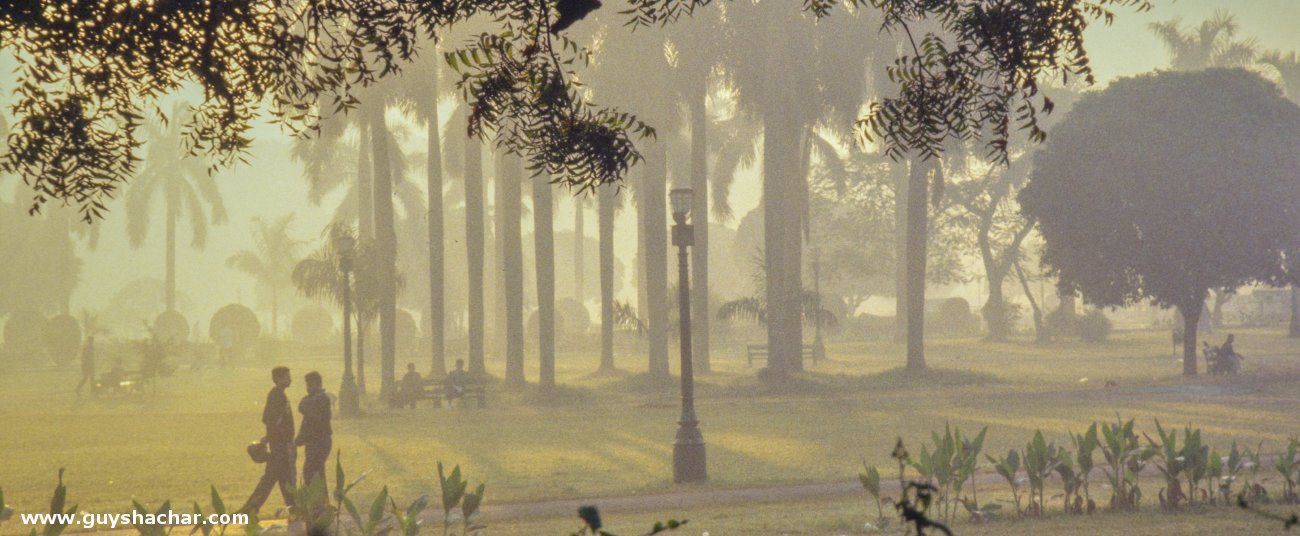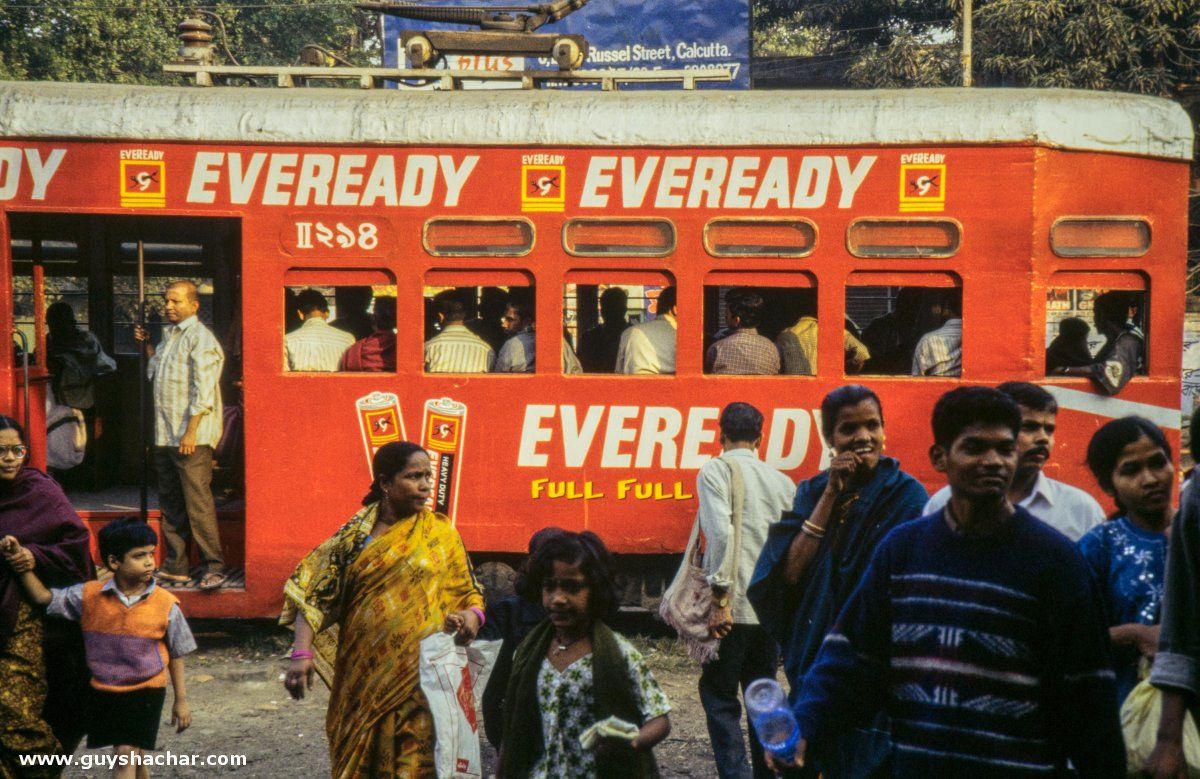My first visit to India in 1996 has changed my life. It was an intensive encounter with a fascinating kaleidoscope of people, cultures and landscapes. It was then when I suddenly got a true perspective about our world, and started to be curious about it. That visit took me, among the rest, to three of the four biggest cities in India – Mumbai, Chennai and Delhi. It took me another four years to complete my “Metros Yatra”, when I visited Kolkata in the year 2000.
I was immediately mesmerized by this city: On the one hand vast open tranquil areas along the Hooghly river, the Maidan and Victoria Memorial, and on the other hand the most bustling and hectic streets I have ever seen. I immediately understood it is the “city of extremes“.
Several visits to other areas in India have passed, and only in 2016 I got a chance to return to Kolkata, this time as a geographer and an architect, and after visiting almost 50 other countries around the world. This time I explored Kolkata’s streets by extensive walking, discovering amazing quiet neighborhoods, with superb colonial and international style architecture, lush vegetation and trees, and smiling inspiring faces.
By this time I was highly interested to see how people live. I have been exploring that already in a variety of environments – from remote areas in South America and in Africa, to the largest and busiest metros in North America and South-East Asia. Almost by chance, I was invited to visit a photography exhibition, where I met local photographers, many of them documenting life in Kolkata.
The next day I was already roaming Kolkata neighborhoods with two distinguished photographers. They took me to see unusual ways of life people have in this city. In one of the neighborhoods I encountered what I called a “Micro Living” environment, where people live in small dwelling units around little common courtyards, yet they are happy and thankful for what they have, with social interactions that developed cities can only wish for.
For me it was extremely inspiring, as the architecture discourse speaks about ‘compact living’ and ‘crowded cities’, but this never truly happens in the northern hemisphere urban areas, because eventually it’s all about people and culture. Materialistic societies have a lot to learn from these Kolkata communities.
The railway shantytown
We then went to visit a stretch of a local train rail tracks that turned into a makeshift housing area. With the enormous migration from rural areas to cities, many cannot afford decent standards of living. Visiting such a place, where people live in inconceivable conditions, was at first a shocking experience.
I was there not to be a picture taking intruder, but rather a curious geographer and architect who wishes to understand how people live in such conditions. At first, I felt uncomfortable being there. It was a public area, yet it turned into a place where the most private actions of people are almost entirely exposed. Therefore I was happy to visit there with a local who has spent time with such communities. It was easier to communicate and remove the initial suspicion and hesitation, and open a window to people’s hearts.
I gradually noticed how puzzled faces turned into smiles. I witnessed the most basic way of living, however was extremely inspired by how people, in-spite of such physical constraints, maintain what seems to be a lively and optimistic daily routine. What struck me the most was the ability to keep clean and tidy, in an immediate environment that does not excel in sanitation, to say the least.
The video that went viral
After returning home I published articles in my blog as well as uploaded several videos about Kolkata. A few months later, a video taken in the rail tracks shantytown became viral:
Conclusion
That video approaches two million views these days, and has drawn much attention, judging by numerous comments, some hostile and prejudiced. I therefore decided to write this article, for two main reasons I wish to conclude with:
1. To emphasize that this area is an extreme example of way of life in Kolkata, and does not represent way of life in Kolkata or India in general. As mentioned, Kolkata is mostly a charming place, with agreeable neighborhoods. It faces enormous infrastructure challenges as a huge metro area, but its bustling urbanism is an inspiration to dull urban environments we have in so called developed countries.
2. Such specific communities do need attention from municipal authorities. First of all for safety reasons, but also for provision of alternative areas for living and innovative cheap dwelling solutions. This is a call also to architects and engineers – innovative India should pay attention not only to high-tech and programming, but also for basic life necessities of people. Actually these issues should be prioritized upon any ICT issues, and the many who benefit ICT and managed to improve their lives can help and contribute back to these struggling communities.





Leave a Reply